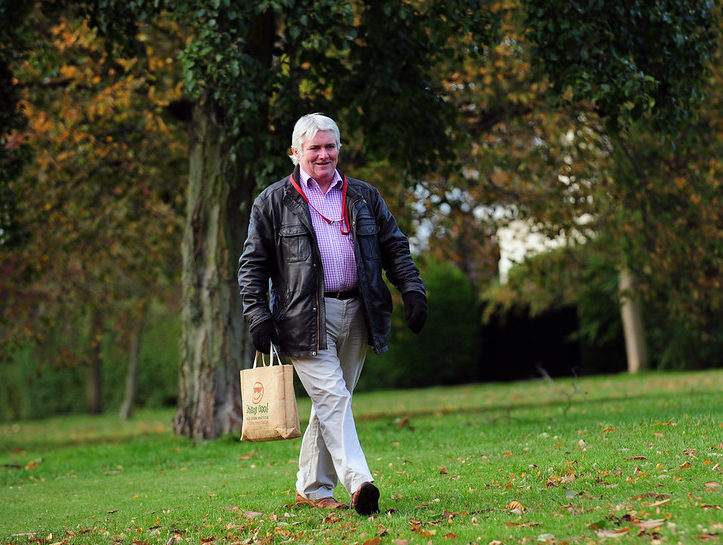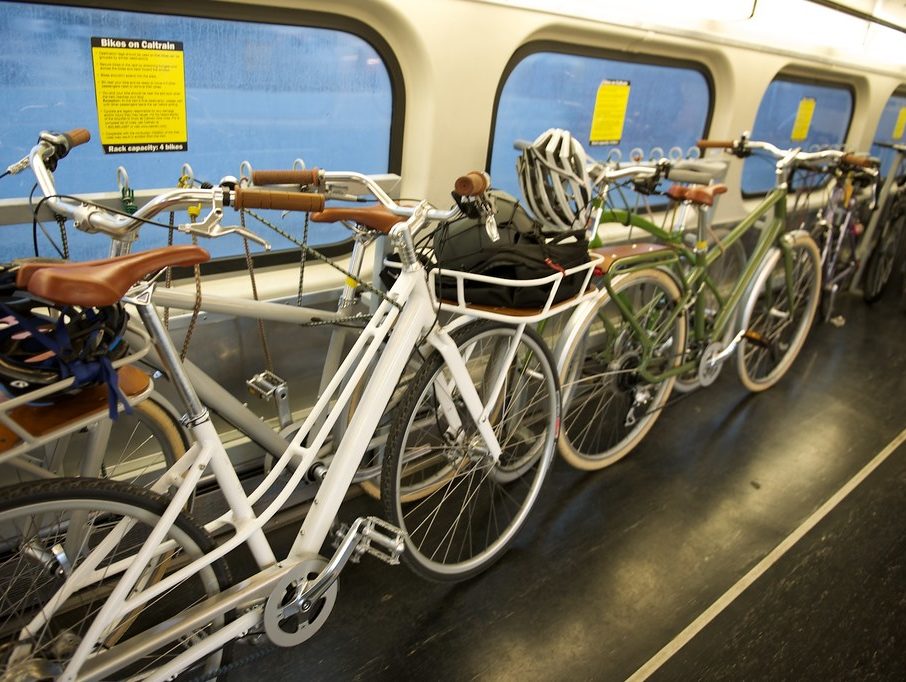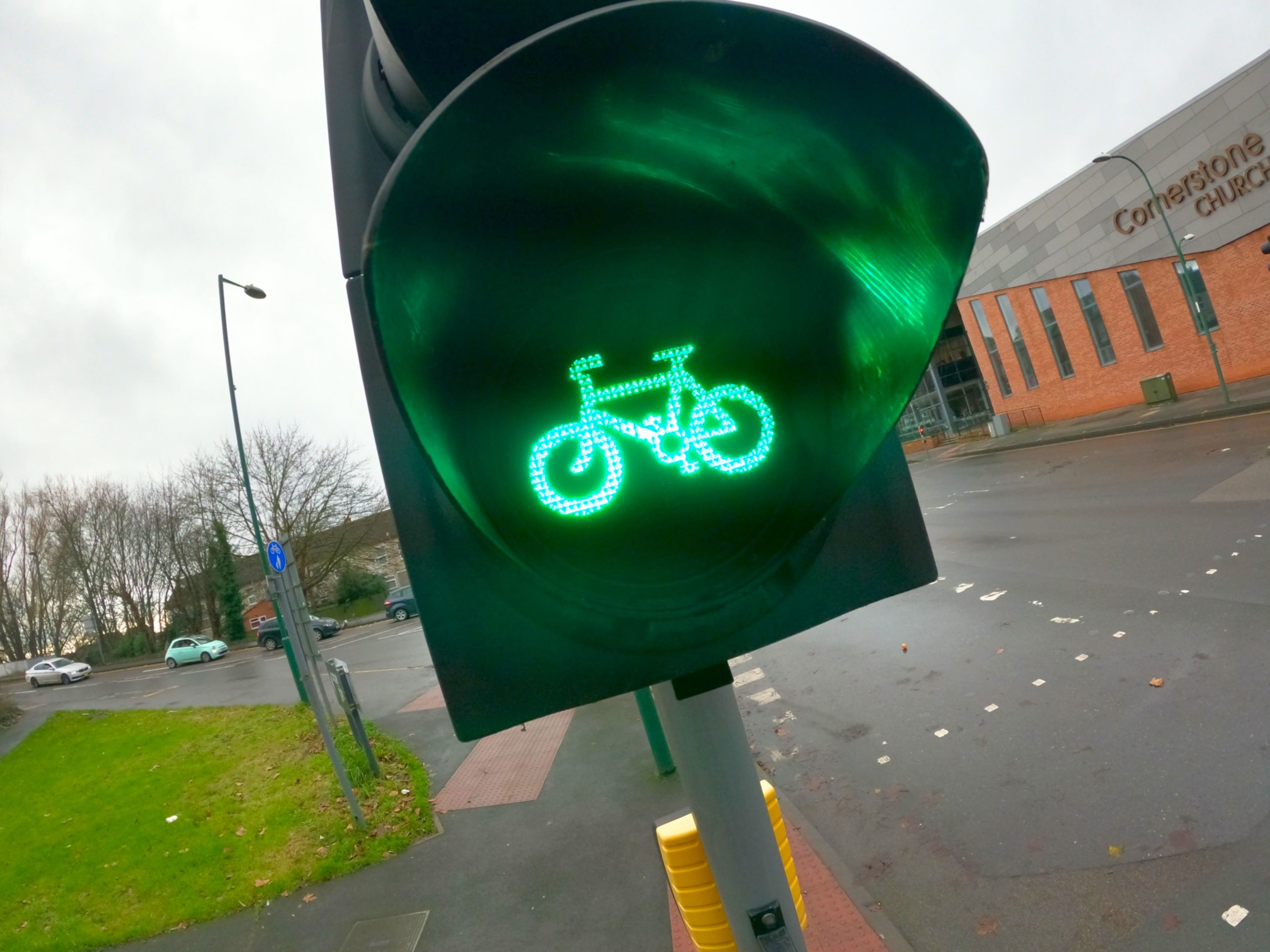Introduction to Active Travel: for Health, the Environment and the Economy
The National Planning Policy Framework (NPPF) supports the need for active travel opportunities within growth, specifically as follows:
“Transport issues should be considered from the earliest stages of plan-making and development proposals, so that…
- c) opportunities to promote walking, cycling and public transport use are identified and pursued;
d) the environmental impacts of traffic and transport infrastructure can be identified, assessed and taken into account – including appropriate opportunities for avoiding and mitigating any adverse effects, and for net environmental gains”
“The planning system should actively manage patterns of growth in support of these objectives. Significant development should be focused on locations which are or can be made sustainable, through limiting the need to travel and offering a genuine choice of transport modes. This can help to reduce congestion and emissions, and improve air quality and public health”.
It’s therefore clear that, when planning for people – be that through homes, workplaces, their healthcare, education or other considerations – it is essential that their means and choices of travel have a significant impact upon the sustainability and the outcomes of development.
Three key considerations to make are the impact of active travel choices in relation to:
- Physical and mental health,
- The environment,
- The economy

Physical and Mental Health
The connection between physical activity and both physical and mental health benefits is widely recognised. Promoting and providing for active travel brings forward an opportunity to significantly increase physical activity across communities and deliver positive population health outcomes.
The physical benefits of walking apply across children, adults, and older adults. Active travel can therefore provide a mechanism to help reduce risk of all-cause mortality, cardiovascular and coronary heart disease, cancer mortality and type II diabetes incidence.
At the same time, for mental health, walking is associated with fewer symptoms (and lower incidence) of depression and anxiety, reduced risk of dementia, improved cognitive function and improved quality of life (including sleep quality).
There is similarly strong evidence of the physical health benefits of cycling as a moderate to vigorous form of physical activity, having similarly beneficial outcomes to walking.

The Environment
Motorised travel is a significant source of environmental pollution. Emissions and particulates from vehicles – aside from immediate air quality impact – have also been linked to a range of health conditions, including respiratory failure, strokes, heart attacks and premature death. This is in addition to contributing toward global climate change.
This is highly relevant to Leicester and across Leicestershire, with a number of authorities having declared a climate emergency and many Air Quality Management Areas identified.
Active travel provides the most environmentally sustainable source of travel, drastically reducing carbon emissions per journey.

The Economy
The benefit to cost ratio of active travel is considered to provide very high value – linked primarily to the associated health benefits and lower NHS costs. In addition, benefits of reduced congestion, reduced absenteeism and support provided for local businesses can provide a positive local economic impact.
Key Take-Aways
- The NPPF directly supports the development of policy and practice that helps promote and support active travel:
- Planning policy;
- should be prepared with active involvement of highways authorities to ensure strategies for supporting sustainable transport are aligned with development patterns.
- Must provide for high quality walking and cycling networks and supporting facilities such as cycle parking (drawing on Local Cycling and Walking Infrastructure Plans).
- Development management;
- Ensure that appropriate opportunities to promote sustainable transport modes cane be taken up, given the type of development and its location.
- Should ensure applications give priority first to pedestrian and cycle movements – both within the scheme and with neighbouring areas.
- Should create places that are safe, secure and attractive – which minimise the scope for conflicts between pedestrians, cyclists and vehicles.
- Planning policy;
- The identified benefits to health, the economy and the environment should be sought via planning policy and development control to address local issues. Additional information available via Healthy Place Shaping content for active travel explore the practical ways in which active travel can be encouraged and provide additional supporting evidence.
Share your examples and case studies!
We’re always looking for more examples of great practice when it comes to creating healthier place making! If you know of great examples – whether that’s a well-designed park, a health housing development, or anything else – then please get in touch to share it with us… it’d be great to showcase your example on Healthy Place Making.
